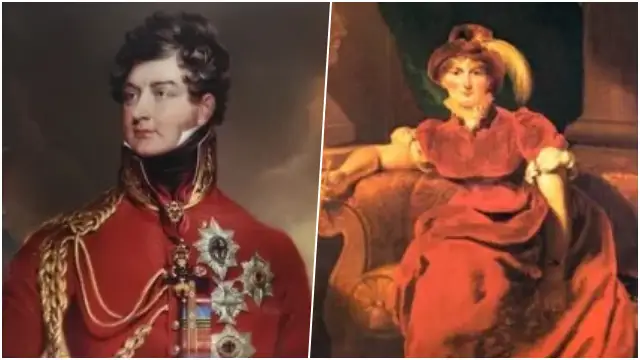Hollywood Glitz Meets Euro Angst in “Two Weeks in Another Town”
Key Points
Vincente Minnelli’s “Two Weeks in Another Town” is a vibrant and melodramatic exploration of Hollywood’s darker side, set against the backdrop of Rome’s film industry. This 1962 film, brimming with colorful cinematography and intense performances, showcases Minnelli’s flair for visual storytelling and his ability to delve into the complexities of human emotion and ambition.
Two Weeks in Another Town (1962) Summary
The film follows Jack Andrus (Kirk Douglas), a once-great movie star now recovering from a nervous breakdown in a mental institution. When his old director, Maurice Kruger (Edward G. Robinson), invites him to Rome to assist with a troubled film production, Jack seizes the opportunity to revive his career. Amidst personal demons and professional chaos, Jack navigates a world of manipulation, betrayal, and redemption.
Cast
- Kirk Douglas as Jack Andrus
- Edward G. Robinson as Maurice Kruger
- Cyd Charisse as Carlotta
- George Hamilton as Davie Drew
- Claire Trevor as Clara Kruger
- Daliah Lavi as Veronica
Review
“Two Weeks in Another Town” is a lavishly stylized drama that highlights Minnelli’s mastery of color and composition. The film is a semi-sequel to “The Bad and the Beautiful,” with Kirk Douglas reprising a similar role as a fallen Hollywood star. Douglas delivers a powerful performance as Jack Andrus, capturing the character’s desperation, anger, and eventual determination to reclaim his place in the industry.
Edward G. Robinson is equally compelling as the washed-up director Maurice Kruger. His portrayal of a man clinging to his past glory is both tragic and poignant. The supporting cast, including Cyd Charisse as Jack’s manipulative ex-wife and George Hamilton as the troubled young actor Davie Drew, add depth to the story’s web of personal and professional conflicts.
Minnelli’s direction brings a vibrant, almost surreal quality to the film. The Roman setting is captured with an eye for detail, and the use of color enhances the emotional intensity of the narrative. The film’s visual style, with its soft-focus photography and meticulous framing, creates a dreamlike atmosphere that contrasts sharply with the characters’ tumultuous lives.
The plot, based on Irwin Shaw’s novel, is a soap opera at its core, filled with melodramatic twists and turns. However, Minnelli’s execution elevates the material, blending high drama with a self-aware nod to the excesses of Hollywood and European art cinema. The film’s meta-textual elements, including references to “The Bad and the Beautiful,” add layers of meaning for cinephiles.
One of the film’s standout scenes is the climactic car chase involving Jack and Carlotta, which is shot and edited with breathtaking energy and creativity. This sequence encapsulates the film’s blend of high-stakes drama and visual flair, leaving a lasting impression.
in Conclusion “Two Weeks in Another Town” is a fascinating artifact of 1960s cinema, offering a glimpse into the era’s glamorous yet tumultuous film industry. While the story’s melodramatic elements might not appeal to everyone, the film’s style, performances, and emotional depth make it a captivating watch. Vincente Minnelli’s direction and Kirk Douglas’s magnetic presence ensure that “Two Weeks in Another Town” remains a memorable entry in the canon of Hollywood melodramas.



















